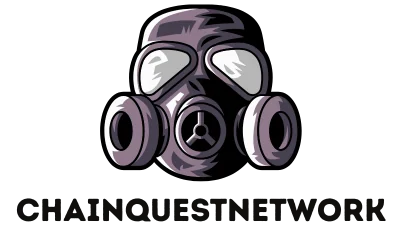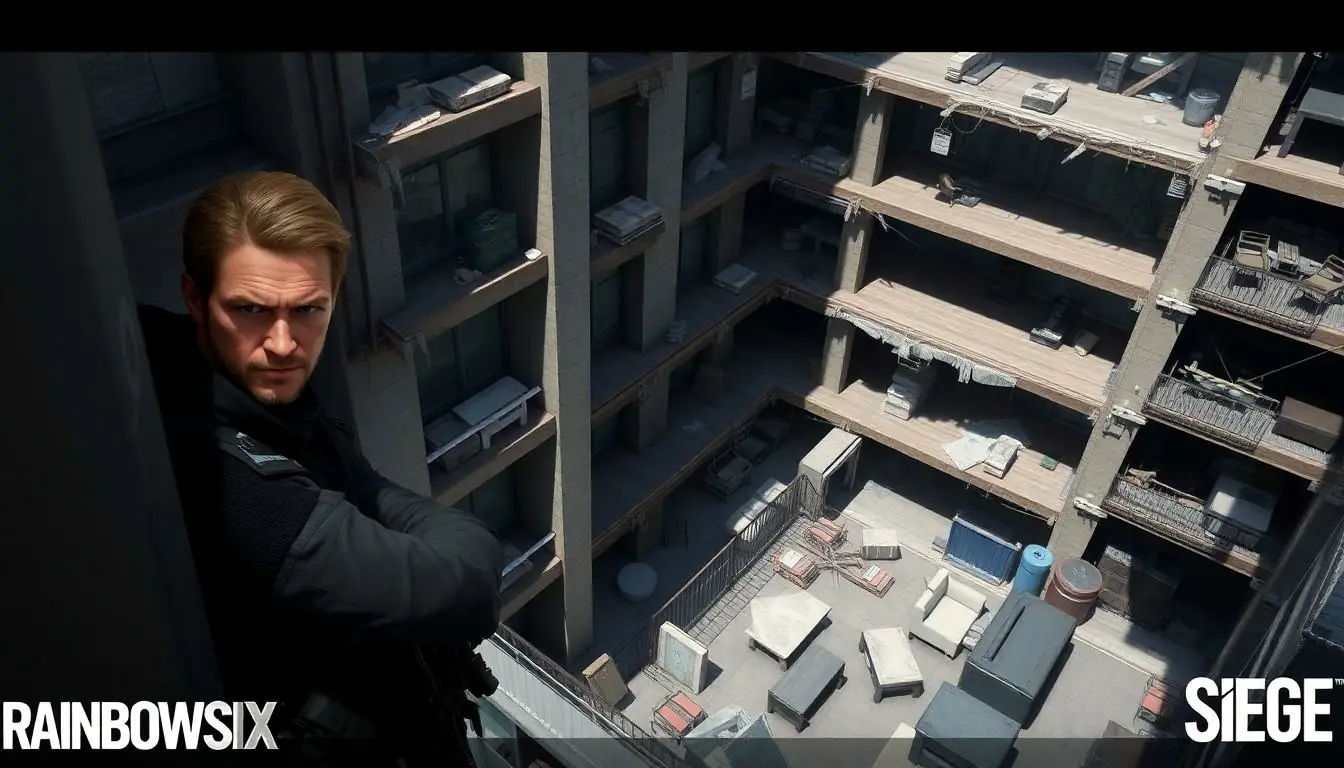In the world of tactical shooters, Rainbow Six Siege stands out not just for its intense gameplay but also for its intricately designed maps. Each map is like a unique puzzle waiting to be solved, offering players endless opportunities for strategy and creativity. Whether you’re sneaking through tight hallways or engaging in epic firefights in open spaces, the right map can make or break your game.
Table of Contents
ToggleOverview of Rainbow Six Siege Maps
Maps in Rainbow Six Siege play a crucial role in shaping gameplay. Each map features distinct layouts, fostering diverse strategies and engagement levels. Players encounter a mix of environments, such as urban settings and industrial complexes, each designed to challenge and enhance tactical gameplay.
Six maps, known for their complexity, lead to unique game dynamics. These include high-rise buildings, abandoned schools, and military installations that demand different approaches. Artifacts in each location provide opportunities for players to execute innovative tactics.
Ground control focuses heavily on verticality. Various multi-level designs enable players to navigate from rooftops to basements, creating layers of strategy. Environmental destructibility influences how players advance through objectives, as walls and floors can be breached for flanking opportunities.
Defensive structures, including barricades and reinforced walls, shape how teams fortify their positions. Depending on the map, players must adapt their defensive strategies. Geographic features enhance playstyles; tight corridors encourage close-quarters combat while open areas allow for long-range engagements.
Furthermore, corridor lengths and room dimensions affect movement options. Certain maps promote fast-paced actions, while others require slower, more calculated decision-making. Understanding each map’s intricacies often leads to improved team synergy and coordination.
Lastly, map rotations periodically change, introducing fresh experiences. Including updates ensures that balanced gameplay remains a top priority. Players consistently engage with the evolving landscape, requiring adaptability to remain competitive.
Key Features of Rainbow Six Siege Maps
Maps play an essential role in Rainbow Six Siege, affecting gameplay dynamics through thoughtful design and strategic elements. Key features emphasize tactical advantages and player interactions.
Layout and Design
Each map features unique layouts that drive player strategies. Players experience environments that range from confined spaces to expansive areas. Complex designs often incorporate vertical elements, allowing movement across multiple levels. High-rise buildings and industrial settings introduce diverse challenges, demanding different tactics. Tight corridors encourage intense close-quarter confrontations while open spaces facilitate long-range fights. There’s also a mix of safe zones and ambush points, creating opportunities for aggressive maneuvers. Mastering map layouts leads to better positioning during matches.
Callouts and Navigation
Effective communication becomes critical in navigating maps. Players utilize callouts to share information about specific locations and strategies. Well-established terms describe key areas, such as “library” or “garage,” enhancing team coordination. Clear callouts allow for quicker decision-making during gameplay. Familiarizing with map layouts helps players understand potential attack routes and defensive sites. Recognizing danger zones and entry points adds layers of tactical depth. Successful navigation involves not only knowing the map but also anticipating enemy movements.
Popular Maps in Rainbow Six Siege
Maps serve as the backbone of gameplay in Rainbow Six Siege, shaping player strategies and engagement. Each map presents a unique environment that enhances the tactical experience.
Consulate
Consulate stands out with its symmetrical design, featuring multiple floors and diverse entry points. Players often utilize the main lobby and the garage for strategic positioning. The map encourages operators to take advantage of verticality, allowing access to roofs for surprise tactics. It includes key areas like the CEO’s office and archives, fostering dynamic gameplay. Specific destructible walls further enhance attack opportunities. Callouts for locations such as “main stairs” and “yellow stairs” promote effective communication, which is vital for team coordination and success.
Bank
Bank features a blend of open spaces and tight corridors, enabling varied tactical approaches. The layout includes critical areas like the vault and tellers, where intense battles often unfold. This map’s multi-level structure allows defenders to set traps and ambush attackers effectively. Natural light from large windows can create visibility challenges, leading to strategic advantages or disadvantages. Team communication remains crucial, especially when coordinating movements through high-traffic areas. Its destructible walls provide opportunities for flanking maneuvers, enhancing overall gameplay.
Clubhouse
Clubhouse combines a classic layout with strategic choke points that dictate player movement. Key places such as the bar and the gym serve as essential defensive sites. Operators frequently exploit the destructibility of walls to establish sightlines and control zones. Tight spaces promote close-quarters combat, while open areas allow for long-range engagements. Repeated callouts for locations like “cash room” and “pool table” support team awareness and strategy. Vertical gameplay emerges as players navigate from the basement to the rooftop, demanding careful planning and execution in every round.
Tips for Mastering Maps
Mastering maps in Rainbow Six Siege involves understanding various elements that influence gameplay. Players can enhance performance by diving into specifics, such as sightlines and strategies tailored for each map.
Understanding Sightlines
Sightlines dictate how players engage with opponents. Effective use of cover and vantage points can provide significant advantages. Assessing each map’s layout allows players to pinpoint areas with long sightlines or blind spots. For instance, controlling high ground often leads to superior sight advantages. Knowing which areas grant visibility to key objectives enhances tactical positioning. Players should familiarize themselves with windows and destructible surfaces, as these can affect sightlines. Limiting exposure while maximizing observation creates opportunities for surprise attacks.
Map-Specific Strategies
Map-specific strategies vary widely depending on the unique characteristics of each environment. Tailoring approaches to maps such as Consulate or Bank optimizes team performance. Players should focus on the symmetry of Consulate and exploit multiple entry points for diverse infiltrations. On Bank, leveraging both open spaces and narrow hallways can enable effective rush tactics or strategic delays. Prioritizing communication is vital; players sharing callouts about enemy positions or favored routes bolster team coordination. Adapting playstyles based on the map’s design fosters more effective engagements and contributes to team success.
Conclusion
Mastering the maps in Rainbow Six Siege is essential for any player looking to elevate their gameplay. Each map offers unique challenges and opportunities that require players to adapt their strategies and communication. Understanding the intricacies of layouts and environmental features can significantly enhance team synergy and effectiveness in matches.
As players continue to explore various maps like Consulate, Bank, and Clubhouse, they’ll discover that knowledge and adaptability are key to success. Staying aware of map rotations and evolving tactics ensures a competitive edge. Ultimately, embracing the dynamic nature of these maps not only enriches the gaming experience but also fosters a deeper appreciation for the tactical depth that Rainbow Six Siege has to offer.







